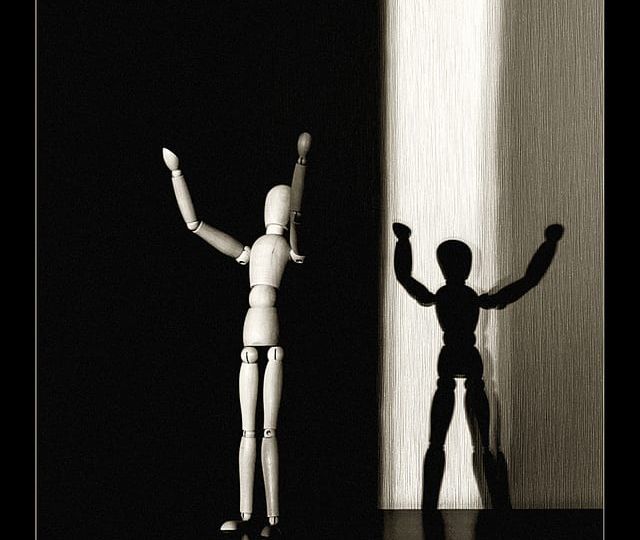
One of my closest friends, Christine Menge ’18, and I are in the midst of an Independent Research project exploring many different schools of actor training. Since the start of the semester, we have read six different training methods and practiced them in a studio, using either a selected scene or monologues that we prepared. Though I expected to learn quite a lot from our project, I could not have predicted the utility an applicability of this knowledge off the stage. I am finding that many of the principles touted by the practitioners we read contribute to a healthy lifestyle, and I believe that increasing my skill on stage is linked to becoming a healthier person, both physically and mentally.
Many practitioners of actor training reprimand actors’ propensities for neglecting their acting partners. They notice that actors tend to prepare a very specific way of acting a scene and do their best to recreate this exact way whenever they perform. Instead, they recommend acting truthfully by listening carefully to the input of one’s scene partner and responding in character. Though this requires a hefty amount of preparation to assemble an idea of the character and their actions, it ultimately creates a more compelling theatrical moment. Similarly, I challenge myself to act more truthfully in the moments in my life, and attempt to listen to what people are saying without any preconceptions of what they will or should say. An important element to this is releasing fear about both the past and the future. English director and actor Declan Donellan claims that fear attempts to rule the past using shame and the future using anxiety and anticipation. This rings true for me especially on the stage, but additionally in life as I attempt to recover from the workaholic perfectionism instilled in me by high school and St. Olaf.
Furthermore, physical exercises help actors to get in touch with their body and their physical capabilities. These exercises sometimes resemble workouts but usually manifest as stretches that warm up and engage one’s body. I have found these extraordinarily helpful in improving my relationship with my body. I am more confident and knowledgeable in what my body can do, and my body image has only positively increased.
Lastly, Christine and I found one of Sanford Meisner’s acting techniques incredibly helpful in our own relationship. The exercise, though simply structured, represents quite a large challenge in execution. Two people sit across from each other, and speak observations about each other, one at a time. In response to an observation, the observed person will repeat the observation, adding either “I am…” or “I am not…” to the beginning. The exercise requires careful listening and attentiveness. Christine and I, in our observations of each other, came to a few of realizations about the ways in which we interact with each other and people in general. We were having a very intense dialogue about nothing other than our relationship and current state of body and mind. I highly recommend this exercise not only for actors, but also for those wishing to become much closer friends.
Frequently in the arts we talk about the tortured artist, how this has been the norm in the past and whether there is still an expectation of this now. But it is refreshing to come to an understanding of healthy art as originating from a healthy person, body and mind. Taking care of one’s self represents one of the best ways to become a better artist, and I might suggest, a better person on all levels.

